Why I’m only buying five new things in 2023

Simply sign up to the Style myFT Digest -- delivered directly to your inbox.
What, precisely, does an “ethical” wardrobe look like? My own attempts to assemble one have been nebulous at best. Like many, I’ve taken up the sustainable fashion movement’s call to “buy less, buy better”, cutting my clothing consumption by more than 75 per cent and doing away with leather (part of a concurrent shift to a vegan diet). But is it enough?
According to research from the Hot Or Cool Institute, a Berlin-based think tank studying the intersection of sustainability and society, it’s not even close to enough. To limit global temperatures from rising more than 1.5C above pre-industrial levels – and thus mitigate the worst impacts of climate change – we need to cut the annual carbon emissions generated by our wardrobes to 128.7kg. In the UK, that means we should be buying no more than nine new garments a year. In other parts of the G20, where the average emissions generated by a single garment is higher, the number of garments is five. That will require a significant lifestyle shift, since the average UK shopper is on track to buying 27 new items a year by 2030. Last year I bought 20 new things, which didn’t feel like a lot until I tallied it all up. It is at least an improvement on 2014, when, at the peak of the designer collaboration craze and my own particular enthralment with Jenna Lyons’s J Crew, I bought 82 new pieces of clothing, shoes and accessories in a single year – and still managed to feel badly dressed. (When you buy 82 things in a single year, you don’t spend much time thinking about what you’re acquiring.)
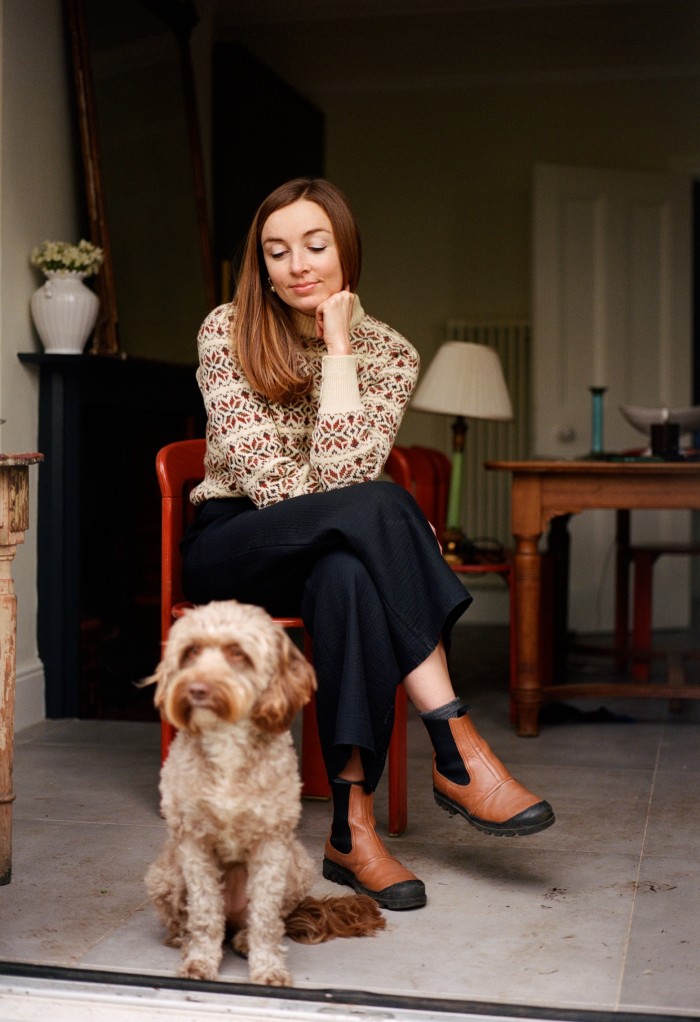
The Hot Or Cool Institute’s study proposes a “sufficiency” wardrobe of 74 pieces, making up about 20 outfits: six for work, three for home, five for working out and sports, two for festive occasions and four for the great outdoors. Given that 70 per cent of garments hanging in our wardrobes are “passive” – ie never or only rarely worn – this seems like a perfectly workable number. Consider, too, that the average French wardrobe in the 1960s was made up of about 40 garments, and didn’t require wall-to-wall or walk-in closets to house everything (something I’m thinking about as I mock up joinery for my house).
“We’re not really asking people to go back to the ’70s or ’60s,” says Luca Coscieme, one of the study’s authors. “Even if people [returned to the volumes they were buying] in 2010 it would make a big difference… we’ve doubled [the amount] we’re buying in that time.”
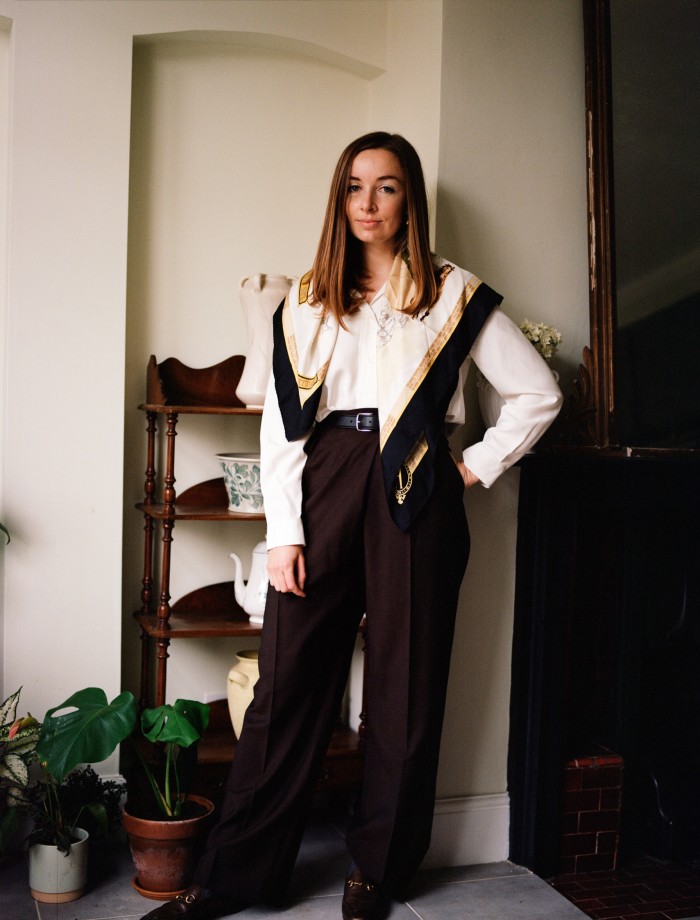

Given what’s at stake, reducing our fashion purchases is not a big ask. Fail to keep temperatures from rising above the 1.5-degree mark by 2030, and we’ll be pushed past environmental tipping points from which there is no return. Cities will flood, Australia’s Great Barrier Reef will largely die off and an estimated 100 million people could be thrown into poverty.
There are other ways we can reduce the footprint of our wardrobes too, such as washing our clothing less often and at lower temperatures, buying second-hand (the study does not put a suggested cap on second-hand purchases) and extending the lifetime of our items to eight years and nine months instead of the study’s baseline of eight years, which is where services like The Restory come in. But none of these actions rival the impact of buying less.


In that spirit, I’ll be limiting myself to five new things and four second-hand. And, in line with my diet, almost all will be plant-based.
The upside of being in my mid-30s and having dropped not-insignificant sums on wardrobe staples over the past decade – a heavy winter coat from Prada, a Khaite trench roomy enough to accommodate an oversized jumper, straight-leg jeans I took to the tailor so I’d never want for another pair – means that the gaps are few. But there are gaps. Some, such as an office-appropriate dress lightweight enough to cater for the hotter summers we’re having in London, will be a priority if I can’t find something second-hand. Others will need to wait until 2024.
Less is more: the bare-essentials shopping list…

Winter jumper
I’ve pledged to buy garments made only of plant-based fibres, but I’d make an exception for this swaddling, creamy wool jumper from New York-based Another Tomorrow. The brand sourced the wool from Nan Bray of White Gum Wool, an Australian sheep farmer who allows her flock to live out their full lives instead of sending them to slaughter when their wool production declines (usually at five to six years old, when they would otherwise live for about 12 years). Another Tomorrow funnel-neck sweater, £617. Also pictured: The Row trousers and second-hand belt, both Lauren’s own
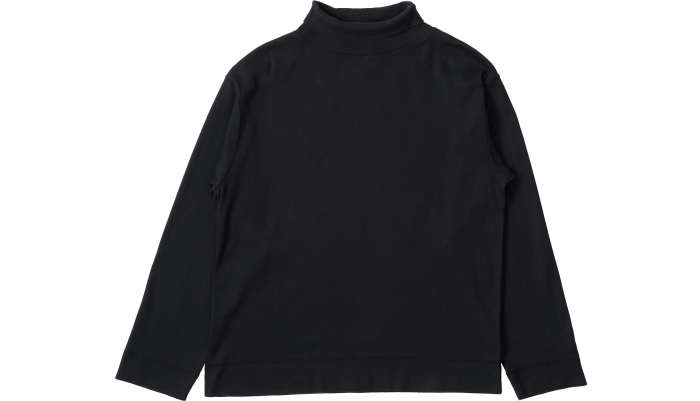
Thin black turtleneck
In the colder months, I wear a black cashmere turtleneck almost every day – and the two Burberry versions I’ve had for the past few years are now seriously worn under the arms. I expect I’ll get a few more years out of them, but I’ll be looking out for a replacement in a heavyweight cotton – Margaret Howell makes good ones. Margaret Howell high-neck cotton jersey, £145

Lightweight summer dress
I found myself with little to wear during the UK’s record-setting heatwave and a work trip to Sicily last summer. This airy dress for the office and work dinners would be very welcome. Rachel Comey silk Lasha dress, £969, smallable.com
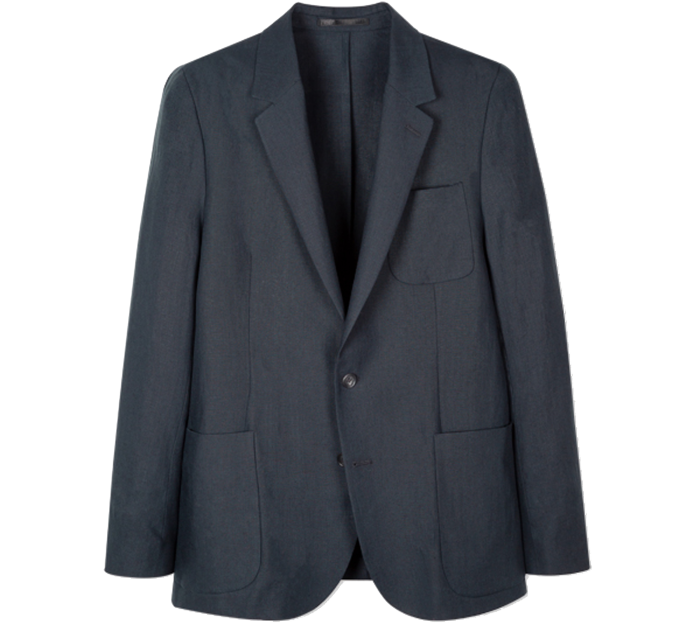
Navy blazer
Four years ago, I lost a beloved navy wool-silk blazer from Paul Smith that I wore four days a week or more. I’ve felt its absence ever since. The company’s bespoke team has sourced the original pattern for me, so this year I’ll have a copy made in linen or another plant-based fibre – which I’ll be able to afford because I’ll be buying fewer things. paulsmith.com/uk/info/bespoke-tailoring
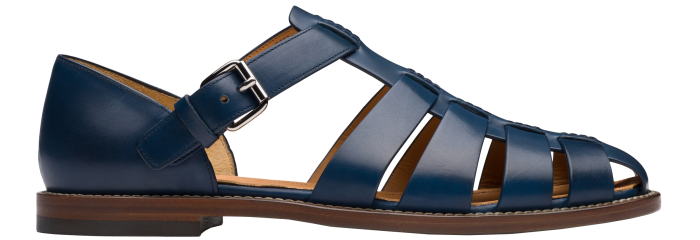
Fisherman sandal
As much as I relish my Tevas, some days call for something a little more formal. John Lewis released an OK-looking vegan fisherman sandal last year; I am hoping the retailer produces a similar pair soon. I’m also keeping my eye out for a second-hand version of The Row’s fisherman sandal (£515, vestiairecollective.com) or one of Church’s (above, £290, vestiairecollective.com).
Letter in response to this article:
Your columnist was too harsh on herself / From Amanda Nicholls, London E17, UK

Comments